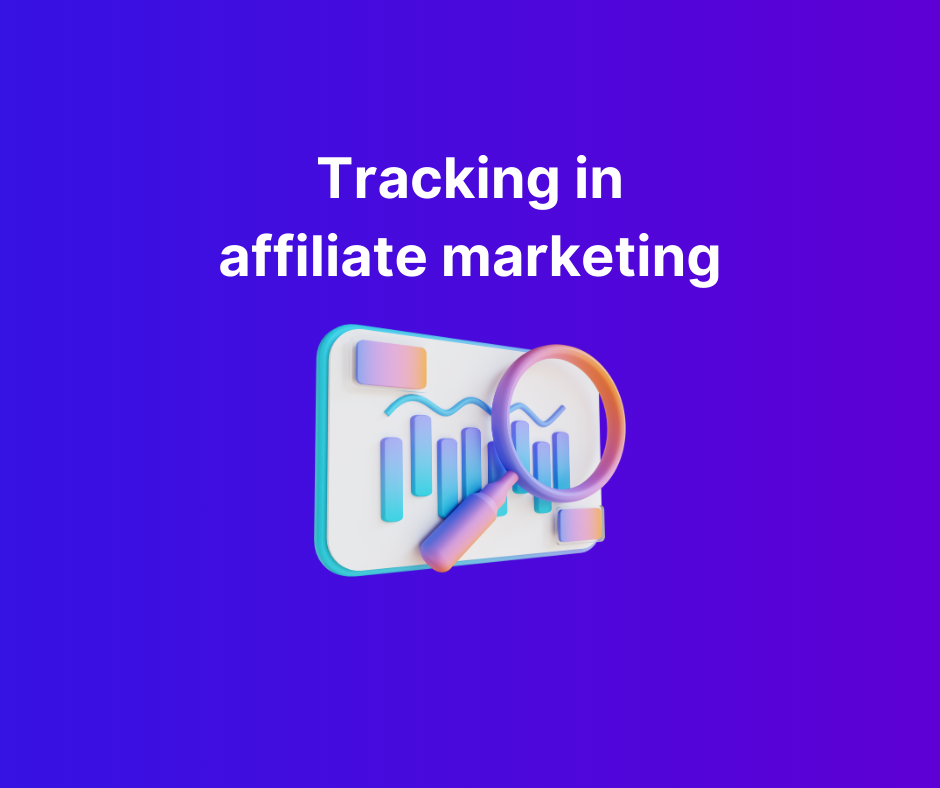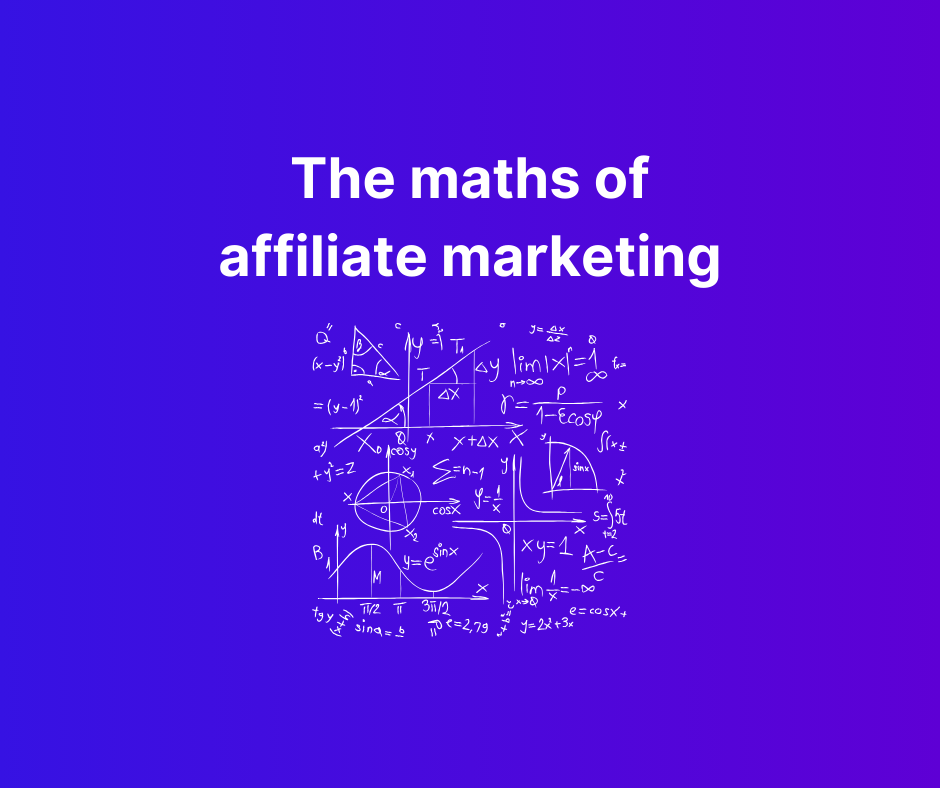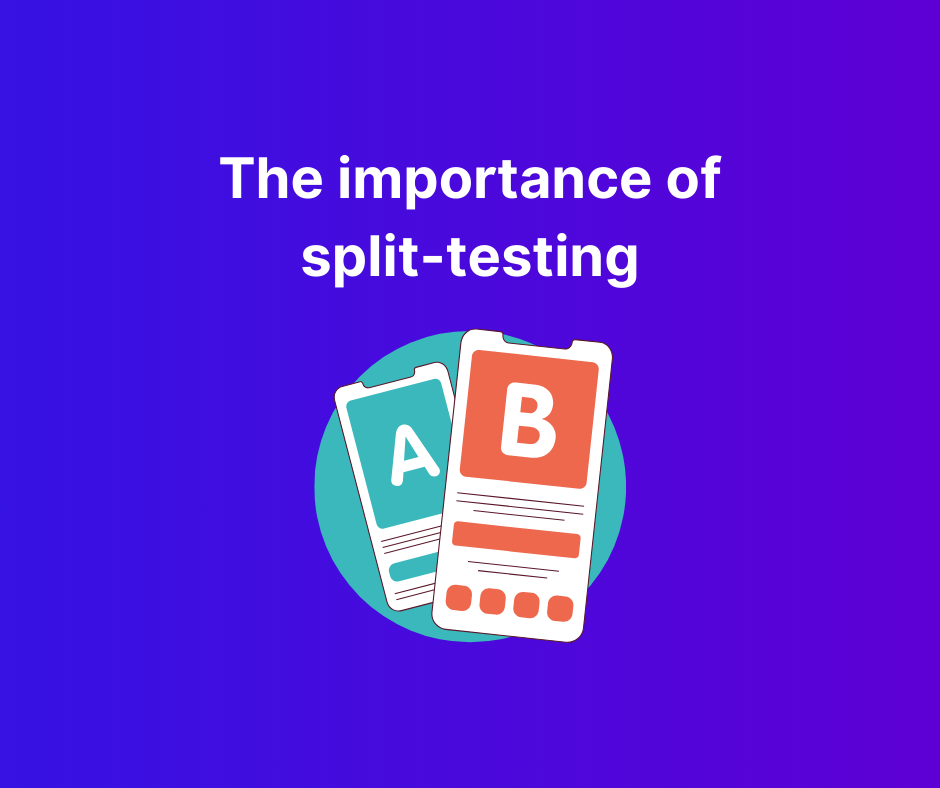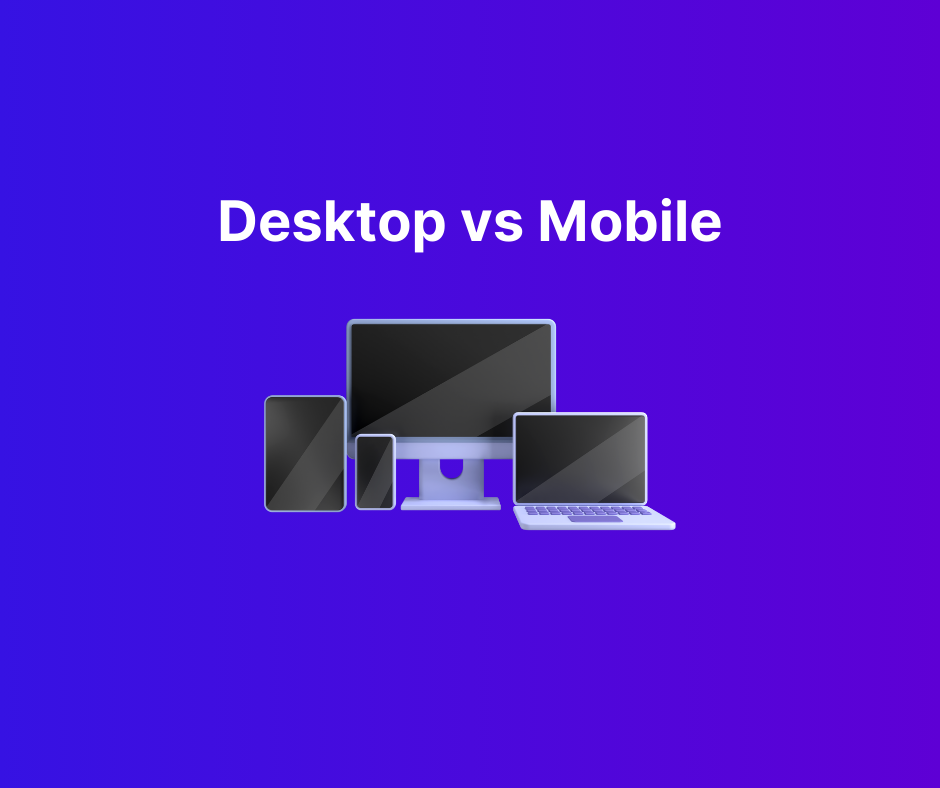Major traffic sources in affiliate marketing
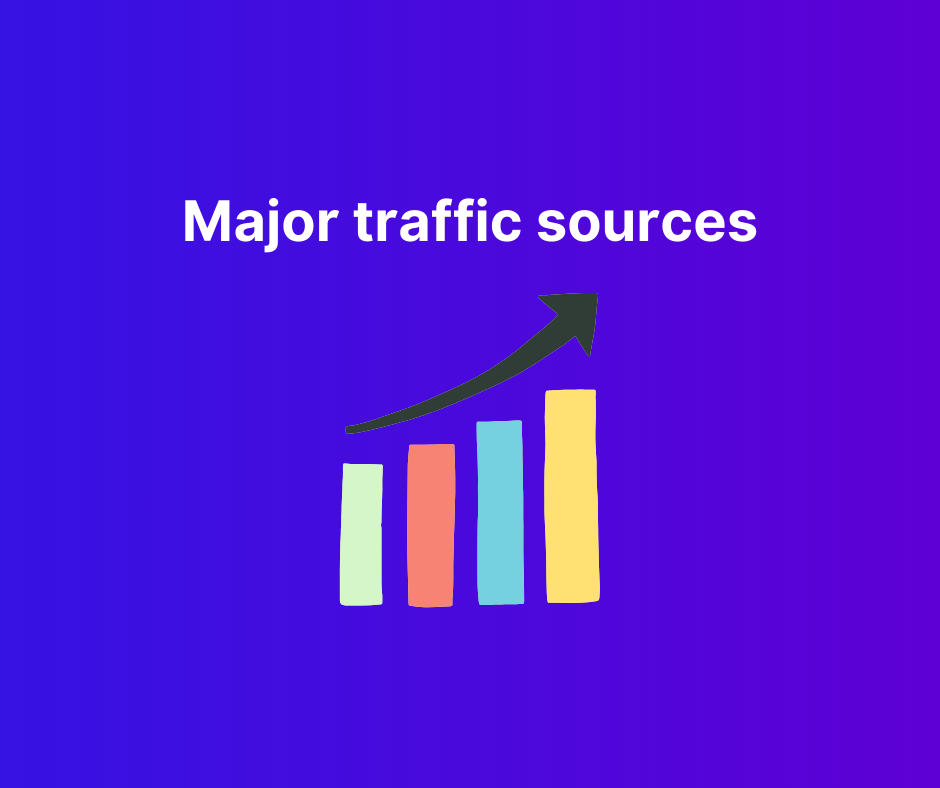
In the previous article I went over different types of traffic.
Now, let’s look at major traffic sources.
We can look at the BIG ones, and break down what types of ads they offer, and then also look at smaller sources in certain spaces (i.e. specialised in a certain area).
There are a huge number of advertising platforms out there, so this list is in no way exhaustive, but just covers some of the main ones familiar to most affiliate marketers.
Display
Banners, the OG digital marketing medium!
If we consider just basic static banners, they are not very popular anymore, so I wouldn’t say there’s many “major” traffic sources that focus on them.
More so, “display” generally refers to general image/animated ads on sites that stand out in specific positions.
We’ve evolved past basic animated GIF banners and most serious advertisers in this space will use “HTML5” content, where it’s HTML/JS/CSS encapsulated in a small box (think like an iFrame), to allow cleaner elements, animation and interaction.
These ads can be similar to native ads, but they are not trying to blend in as native content, sponsored posts, etc. – they are there to catch attention.
They are extremely prominent when it comes to remarketing as well, on platforms like AdRoll, Criteo and Media.net.
Overall, you’ll likely find a few major sources of basic “display” ads:
- Direct buys with website owners – e.g. placing banners on this blog/forum
- Real-time bidding (RTB) platforms and demand-side platforms DSPs
- Large retargeting/media platforms like AdRoll, Criteo, etc.
- Adult-focused sources, which focus on adult sites, where a lot of ad placements are banners
There are of course banner options on many other platforms but rarely will it be their focus, or their highest % of available impressions.
The largest providers of banner ad inventory are typically major ad networks, exchanges, and supply-side platforms (SSPs).
Here's a list of some of the biggest players (there are a lot!):
- Google Ad Exchange (part of Google Ad Manager)
- Meta Audience Network (Facebook)
- AppNexus (now part of Xandr, owned by Microsoft)
- OpenX
- PubMatic
- Rubicon Project (now merged with Telaria to form Magnite)
- Index Exchange
- Verizon Media (formerly AOL and Yahoo)
- Amazon Publisher Services
- Taboola
- Outbrain
- Criteo
- Smaato (particularly strong in mobile)
- MoPub (owned by Twitter, strong in mobile)
- AdMob (Google's mobile ad network)
These are probably not the most friendly entry-level places to start… if you do want to approach display ads, some better starting options are the friendlier ones above, and demand-side platforms, e.g.
- Google display network, i.e. Google Ads but with display as the medium selected
- Yahoo Gemini
- AdRoll
- Simpli.fi
Even though some of these are friendlier, many may still require minimum budgets of $500/mo.
In general, I wouldn’t recommend display unless you’re scaling something that’s working already.
Search
For search, the players need no introduction – Google, Microsoft (Bing, Yahoo, AOL), and that’s about it.
If we consider global markets, we can add:
- Baidu in China
- Yandex in Russia
- Naver in South Korea
- Yahoo in Japan
- DuckDuckGo (growing)
- Pinterest – more relevant to image/product searches, and growing a lot
We can really scope most of our thoughts down to Google/MS ads, and even their UIs are strikingly similar.
Google search Ads focus a lot on keywords, i.e. what the user has searched for, and do so using exact, phrase and broad matching.
Basically, setting how sensitive the targeting is when comparing your keywords to the exact text they entered.
It’s highly competitive, but high intent, and many people have made huge businesses purely off mastering search.
Google/MS are also very compliance heavy (so you can’t run things like you would on push/pops), and also don’t allow redirect links, making split-testing more annoying.
Video
For video ads, there’s four major sources to consider, and you can probably guess the first three:
- Youtube (Google Ads)
- TikTok
- Meta / Facebook / IG
- Video ads on websites
The first three need no introduction – you have all likely used these, so you know exactly what the ads are like.
There’s nuances between all platforms, but in general they focus on three videos formats:
- 9:16 vertical videos, which predominate on mobile. Facebook Reels, Facebook Stories, most IG video, and virtually all content on TikTok is 9:16 and this is what you want for hitting mobile users. After all, you want to take up as much of their screen as possible
- 1:1 square videos. Very common on Facebook and IG for posts in feeds as well as desktop video on FB. I don’t think square videos exist on YT? Maybe
- 16:9 landscape videos. These are mainly relevant to Youtube where there’s a lot of desktop users. They are also prevalent on Facebook but to a lesser extent in the advertising landscape.
Youtube falls under the umbrella of Google, and so you can make Youtube ads in the same platform/UI right alongside search campaigns. It’s basically just a different box you click during campaign setup.
For Google Ads, you can see their example formats here – https://support.google.com/google-ads/answer/2375464?hl=en and a good summary can be read here – https://smartyads.com/blog/best-performing-video-ad-formats
Video has grown to inarguably the biggest advertising medium the world has ever seen. Nothing quite compares to video for the sheer scale and reach it can get, and that’s because virtually everyone who has a smartphone is watching some form of video content daily.
In the case of Youtube/TikTok, video is extremely algorithmically driven as their goals are to keep you on the platform, which means keeping you entertained, engaged and infinitely doom scrolling.
While you can target certain demographic properties, interests and the like, the majority of video delivery optimization will come from tracking events and letting their system do the heavy lifting of figuring out who else to deliver your video ads too and when.
These video platforms want to make as much money as possible from advertisers while keeping people happy and addicted to their platforms, so they are masters at figuring out the right people to get your ads in front of – you just need good videos and good converting offers to complete the puzzle.
The downside with video is the higher time/energy/money needed to generate good video content that actually converts and scales – but that’s a huge topic of discussion on its own.
Native
Native ads technically just mean ads that “blend in” to a web page and look like they are part of the site, as the name implies.
In practice, this almost always takes the form of “sponsored content” and images/video that link to other forms of content.
You have all probably been on a news site and seen some clickbait-ish ads as you reach the end of an article, buried amongst links to other news articles on the site.
But there are many other examples – e.g. on Ecommerce sites, “sponsored” or “recommended” listings for other products are most likely an ad being paid for by the seller.
There’s a few large players that are synonymous with native:
- Taboola
- Outbrain
- MGID
- RevContent
- Yahoo Gemini
- Nativo
There are probably 100 others, but these are the ones you will see the most… with the first three being the “OG” native platforms that really popularised it a lot as well.
The native landscape is dominated by content arbitrage and clickbait-focused ads competing for user attention. Most often they will link to other content type pages like fake articles, offer walls, listicles etc. – the long form pages that try to engage users.
One of the most difficult parts with native is the “noise” – with so many websites/publishers, as a new entrant it can be hard to get traction as you’ll burn most of your budget with such a huge spread of data.
You basically have to pay just to build a blacklist of pubs/sites that don’t work, and this can be a barrier to many new affiliates on traffic sources like those above.
That being said, native offers huge scale if you can get things working and there’s a reason it survives to this day.
Everyone understands what email is and how it works… but very few affiliate marketers actually invest in using email as a way to further nurture and monetise leads they have captured.
There’s two things to consider here:
- Using email as a way to monetise leads you yourself have captured (likely from another traffic source)
- Advertising in other people’s emails
The latter is often called “solo ads” and is not something many affiliates explore, probably because there’s no real platforms comparable to DSPs, Facebook, Google etc. to purchase this kind of ad space.
In fact, for the most part any advertised “solo ad” services are spammy as heck and probably won’t work well. I mean, just look at search results on Fiverr… https://www.fiverr.com/gigs/solo-ads
Just screams useless spam. I mean, with titles like “I will email campaigns, affiliate marketing, MLM leads, solo ads, solo ads campaign”... yeah, stay away.
If you want to do sponsored email ads you’d be much better off finding and following more reputable newsletters in the vertical/demographic you’re interested in then approaching the list owner.
You want emails people actually read and engage with, where there’s some sense of trust that readers have with the list owner. You’re not getting that from Fiverr.
Now on the other hand, monetising your own leads with email is much more approachable but requires planning, infrastructure and the right actual vertical for it.
Doing lead gen? Try capturing the user email then pushing them to the offer directly after submit, or even better in their first email (and tell them to check their email for the details of getting whatever it is they signed up for).
Then email them over time, provide useful content and value, and occasionally push them to some other offers. Emailing is an art in itself and if you want to do that, you should spend at least a few hours studying the do’s and don’ts, best practices and how to approach your email content, sequencing and frequency.
With today’s AI tools it’s also easier than ever to write more robust content to send as well.
Popups, popunders, direct navigation
Every year someone says “pops are dead” or are about to die.
And yet here we are, 20 years later 😅
Pops are a very affiliate friendly and easy place to start affiliate marketing testing – just don’t expect easy profits. There’s plenty of traffic sources available to start on.
Some big ones that are common among affiliates are:
- PropellerAds
- PopAds
- Zeropark
- Adsterra
- Clickadu
- ROIAds
- Galaksion
- Kadam
There’s a lot more, and a lot of traffic sources offer pops as just one of many ad types.
Popups are also prevalent in adult traffic – e.g. the likes of TrafficStars, Plugrush, Exoclick etc.
Offers that work on popups generally need to be quite mainstream and wide appeal, with aggressive landing pages that push people to take some action. Not what you want to build a business on, but an OK place to start learning tracking, ad platforms, landers, etc. where you won’t get banned and lose your accounts.
Push notifications
Web push has exploded in recent years and push is now a common offering by many major traffic sources.
There are few “push only” or push-focused sources, rather you can run push ads on a lot of different sources.
Those that provide pops and are affiliate friendly are likewise a good place to start. In no particular order:
- Richpush
- PropellerAds
- Clickadu
- ROIAds
- Push.house
- RollerAds
- Galaksion
- TacoLoco
- Pushground
Much like pops… there’s dozens.
SMS
Very few affiliates go anywhere near SMS.
It’s relatively tricky to set up, expensive per message (compared to e.g. email), and there’s a lot of laws/regulations around SMS spam that can get you in a lot of trouble. CAN-SPAM stuff and SMS is not something most people want to mess with.
That being said, people are very receptive to SMS – more so than email, and virtually always check SMS.
However, you’re never going to arbitrarily advertise to random people via SMS. It’s going to be people who have given you their details (much like email) and you probably won’t get a good response if you’re not following up with something they are expecting.
As such, I don’t believe there’s any “SMS traffic sources” like you have with pops, push etc. to arbitrarily send to users.
It’s much more like email, where you will need to collect contact details yourself and send messages directly.
For that, you can explore platforms like:
- Textla
- OneSignal
- Customer.io
- SimpleTexting
- EZTexting
As these platforms change with time, I’d just Google and explore them, their current pricing, etc. to figure out what suits.
Many of them may not be affiliate friendly and expect a more reputable brand/business/site, not fly-by-night affiliate pages. Hence why SMS is probably not something most affiliates will spend time on.


